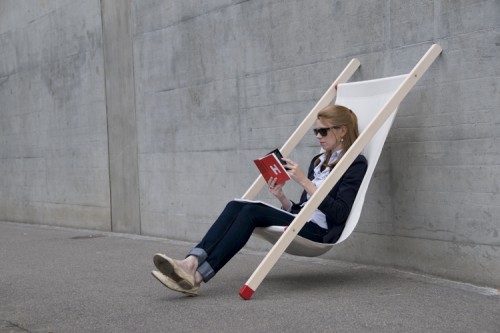 |
| Designed by Bernhard and Burkard, the Curt Chair is fitted with enough anti-slip coating on the edge of its feet so that it is perfectly safe for any surface that provided in the right angle. |
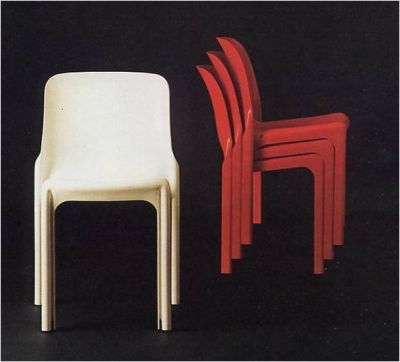
Selene chair designed by Vico Magistretti in 1966, Made out of reinforced polyester. This stack-able chair was a solution to a problem designers faced to stack or easy storage. Stackable chairs have become so popular nowadays that not a lot of people remember their origin.
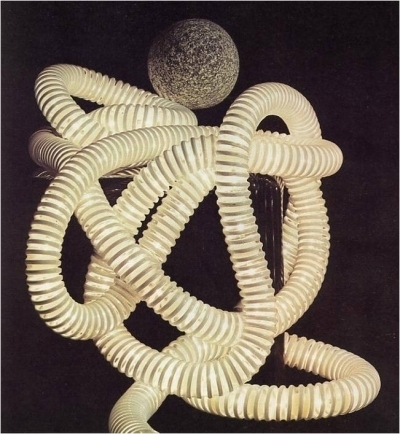
The Boalum flexible lamp designed by by Gianfranco Frattini and Livio Castiglion in 1969. It was made up of a luminous tube that was made from a long plastic tube with light bulbs wired up inside. It can be manipulated manually to allow the user to determine its form. A genial design for that time.
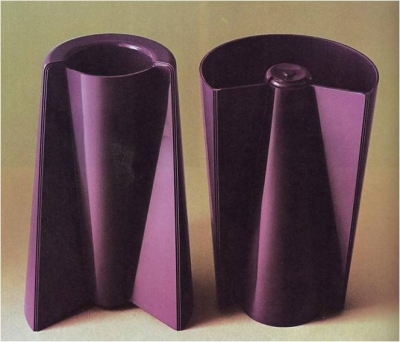
Reversible Vase designed by Enzo Mari in 1969. Made from ABS plastic. It can also be displayed upside down. A typical maneuverable and flexible product that could be applicable to modern lifestyles from the radical movement.
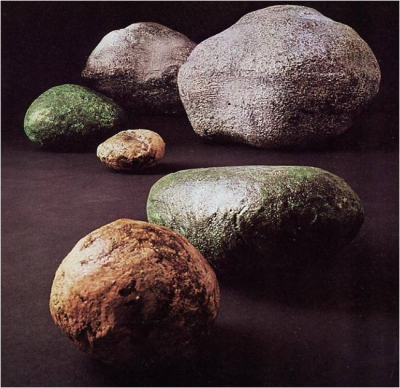
I Sassi (the rocks) designed by Piero Gilardi in 1967. Actual chairs made out of polythene that their form disguises their function because they look like rocks, therefore are imitating a natural object. They're supposed to be soft and comfortable.
A bicycle from these times that was inspired from the radical-Design movement:
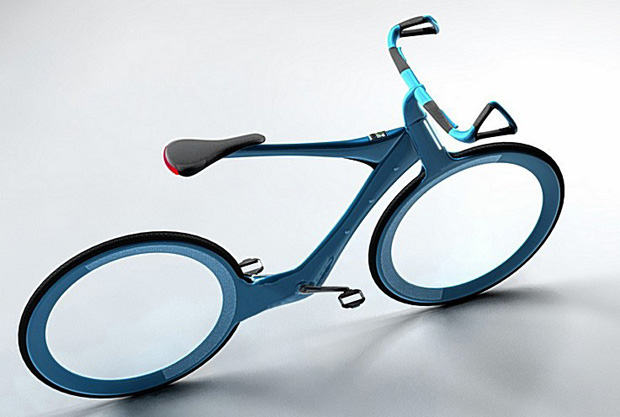
not mentioned. (2014). radical design. Available: http://www.answers.com/topic/radical-design. Last accessed 4th january 2014.
No comments:
Post a Comment